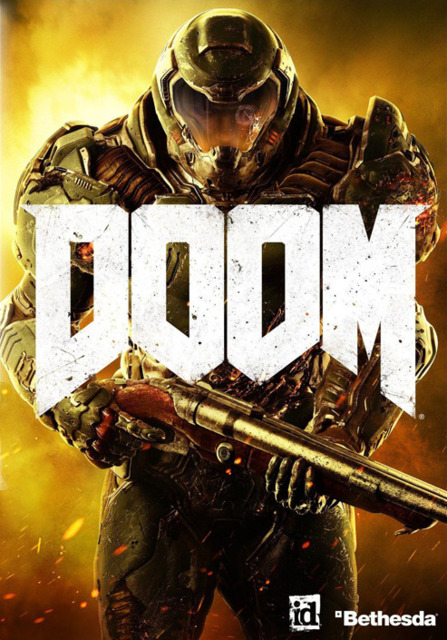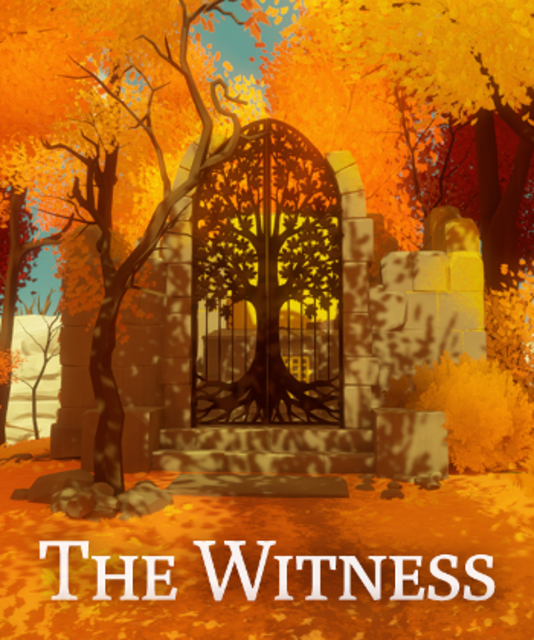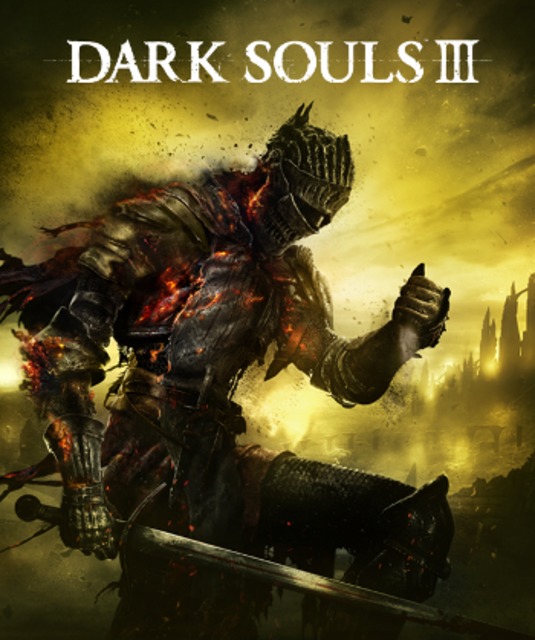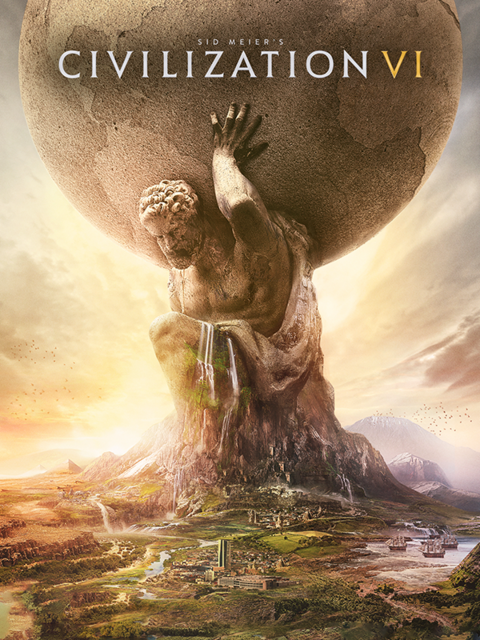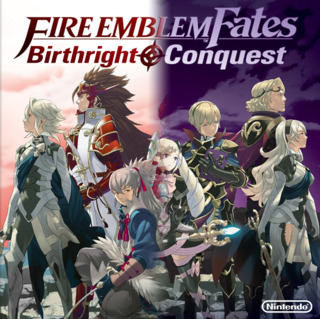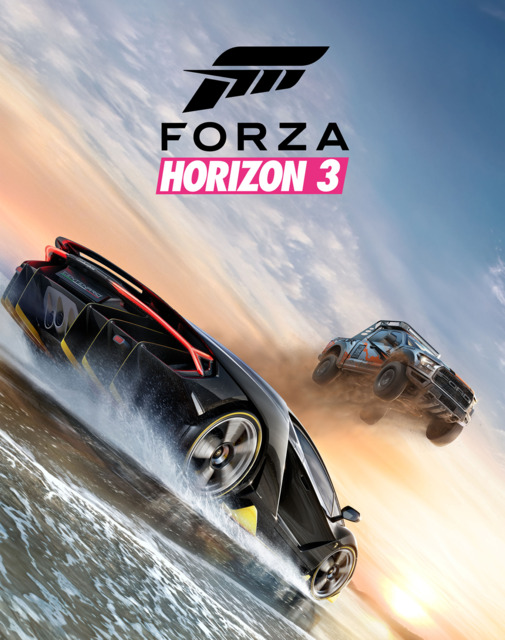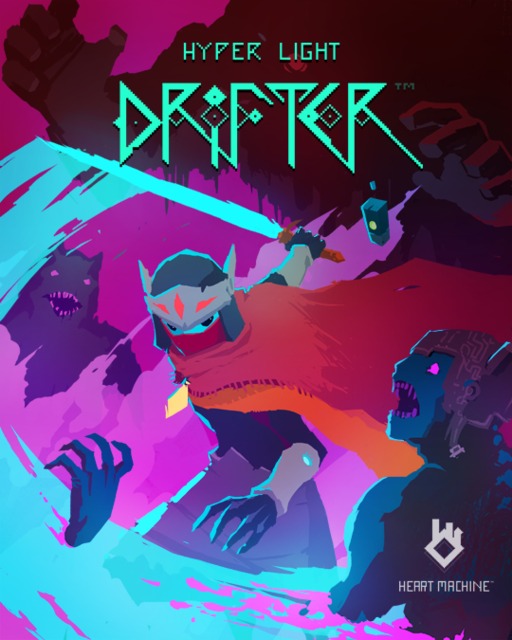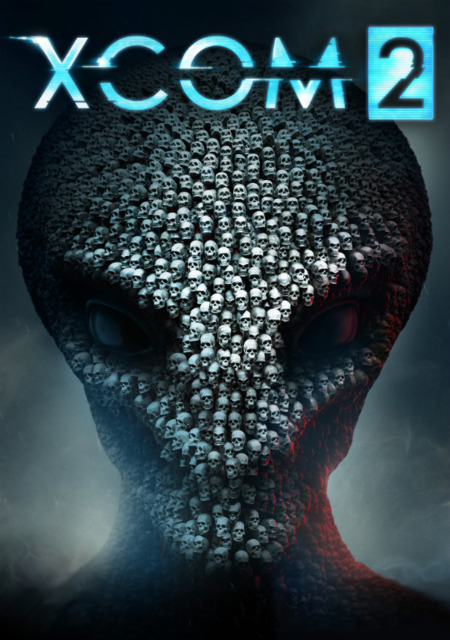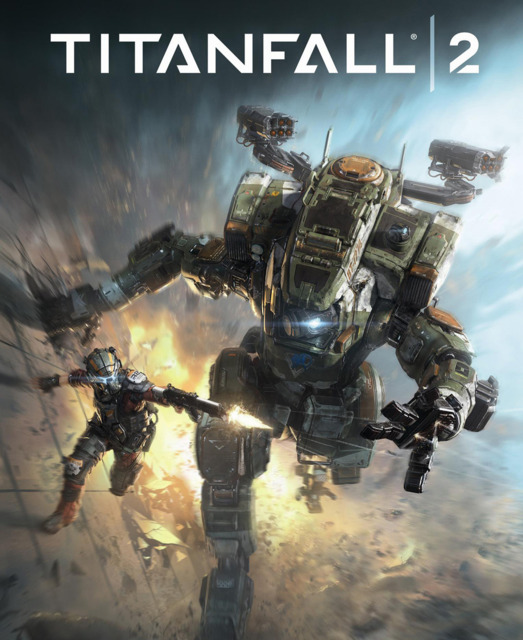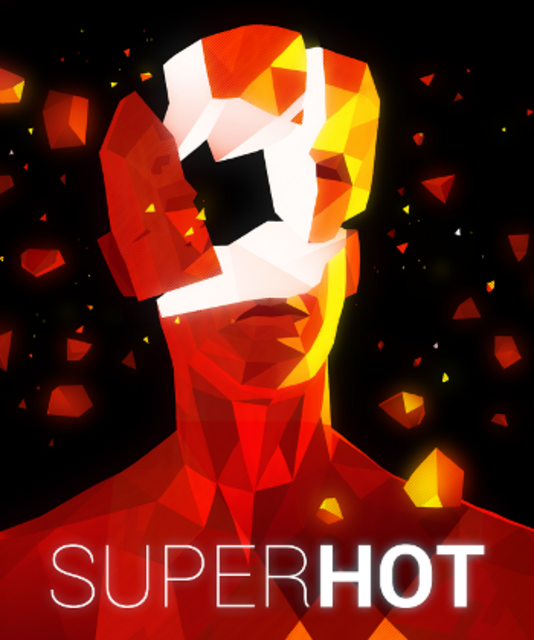GOTY 2016
If I were to try and come up with a concise theme for my 2016 in video games, it would likely be one of refined sequels. I played a ton (a ton!) of really cool games this year, of all kinds, but what stands out to me most when looking back over the large spread of varied games I played from these past 12 months, is just how many of my favorites ended up being direct sequels. Many of these sequels didn’t even change much in their fundamental design, but they often tweaked, expanded, and/or polished enough to stand out in 2016. I tend to favor original ideas in general, but I can certainly enjoy a good sequel as much as anyone when done well. 2016 had plenty of them.
Don’t get me wrong: 2016 also had its share of wonderful original games, and a surprising number of long-in-development titles (both indie and “big budget”) finally worked their way out of development hell and into our hands. Put it all together, and I found myself with more exciting stuff to play during the year than I could reasonably find time for. I had a much, much harder time paring this list down to 10 games than I have in years, which only begins to speak to the quantity and quality of games on offer. All of that to say, good job 2016. There really has never been a better time to play video games.
And with that, on to the actual list. Thanks for reading!

